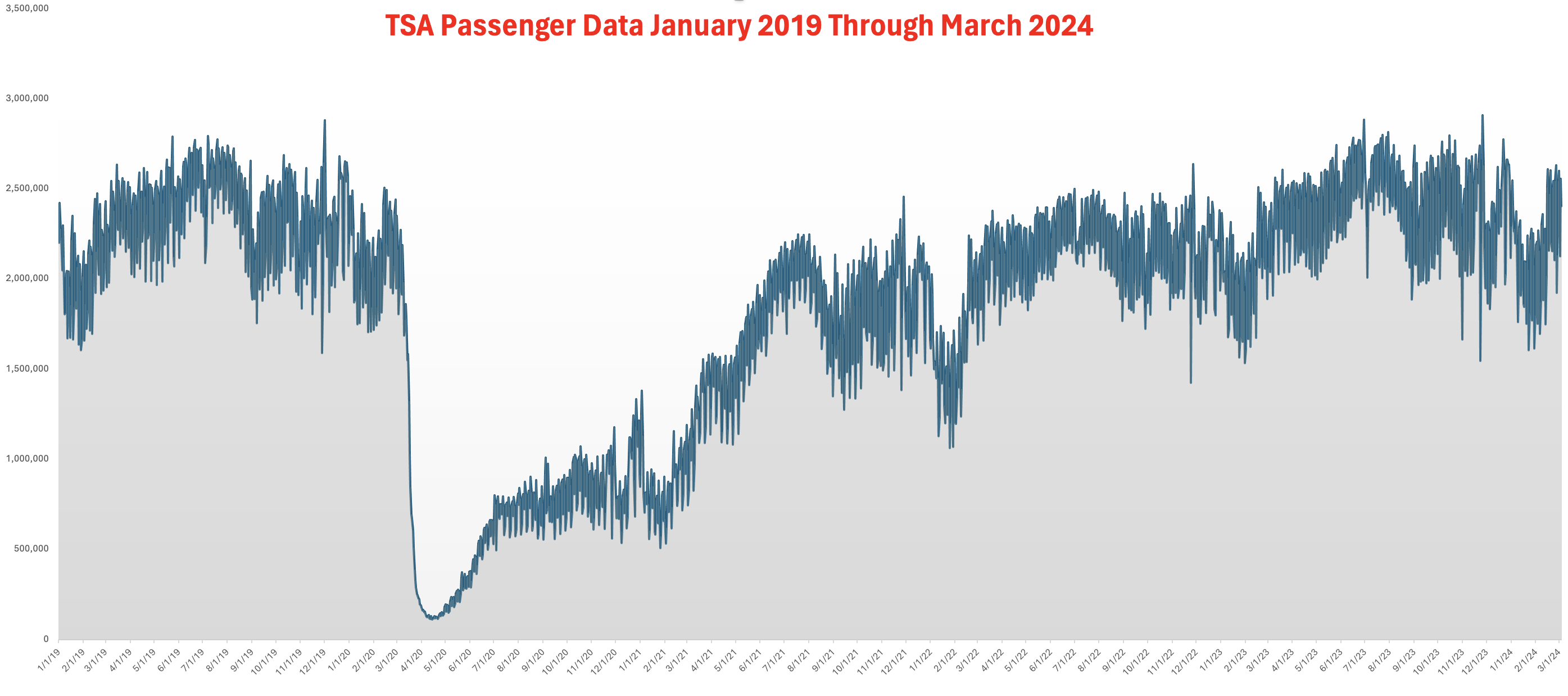2 min read
For Pilots Only: Oct 20, 2024
Connecting the Dots
The CJO game is changing and it’s time for everyone to adjust. No longer can a pilot leverage a job offer from Company A to...
The aviation industry’s seen its fair share of turbulence, from the dark days post-9/11 to the financial nosedives of 2008 and the recent global pandemic lockdowns that grounded even the most wanderlust-filled souls.
Back then, the reason legacy airlines slowed hiring was simply a lack of demand. Yet, that’s not the problem we find ourselves in today.
Passenger numbers are ticking back to those heavy pre-pandemic levels. And the skies are crowded again. Well, crowded with people, that is.

You see, unlike past hiring downturns, we’re not short on passengers; it’s the aluminum birds we use to ferry these eager travelers that we can’t seem to find enough of.
So, this hiring freeze and slowdown aren’t about demand—the people want to fly! It’s about the planes.
First up, United, the airline that’s been counting its chickens before they hatch, or should we say, counting its Boeings before they’re built. The word on the runway is that they’re short a whopping 102 birds from the nest in 2024. That’s a flock of metal birds that won’t take to the skies anytime soon, leaving pilots to wonder where their wings will take them next.
American Airlines is wheeling and dealing like a high roller at an aviation casino, placing an order for 260 shiny new planes. This power move sends ripples through the stratosphere, promising new routes, new adventures, and a whole lot of cockpit time for the stick-and-rudder crowd.
Delta’s in the game, too, flirting with Airbus for a fleet of A350-1000s, sleek and wide, ready to stretch their wings across oceans and continents.
United is not sitting this one out, either, cozying up to Airbus A321s and perhaps playing hard to get with Boeing’s delayed Max 10.
But these intricate engineering marvels can’t just be plucked off a shelf.
They’re born from factories, each one nurtured carefully to life, a process slowed down even more by snarled supply chains and bureaucratic red tape.
Think of it like this: you have a bustling restaurant where the aroma of grilled perfection fills the air and the line of hungry patrons eager to buy a burger, snakes around the block. The energy is palpable, the anticipation sky-high. But then, a hiccup – we've run out of buns! The crowd outside, their hunger growing, can't understand the delay for their much-craved burgers.
In the world of aviation, the buns are our airplanes, and right now, we're on a frenzied hunt to stock up. But fear not, this isn't the heart-stopping silence of 2001 or the financial freefall of 2008, when the world seemed to lose its appetite for the skies. No, the hunger for flight is as robust as ever, mirrored by the throngs of travelers filling our terminals, eager for their next journey.
So, the skies are no less crowded; it's the aluminum birds that are in short supply, leaving us in a peculiar holding pattern.
So, the legacy airlines are slowing down hiring not because they don't want to hire more pilots.
Or because there isn't a demand for more pilots.
The reason why the legacy airlines are slowing down their hiring is because they need to space it out based on the delivery of the aircraft they ordered.
So, this isn't a hiring freeze in the traditional sense; it's a careful choreography dictated by the pace at which our new 'buns' – the planes – are being delivered from the factories, entangled in the complexities of production and red tape.
So, to the pilots out there, eyes set on the legacy airlines, here's the scoop:
This isn't a crisis; it's a queue at the gate awaiting boarding. The demand for pilots hasn't waned; it's merely pacing itself, waiting for the hangar doors to open wide with a fresh fleet ready for takeoff.
And here's the silver lining—while others may misread the signals, seeing a downturn where none exists, you're in the know. This perceived pause is your golden ticket, a pool of less prepared and, therefore, less competitive pilots vying to enter the cockpit. Now is the moment to sharpen your skills and get ready as the industry continues its hunt for competitive pilots, which, rest assured, is still happening.
We just got an 1800-hour regional pilot an interview at Delta earlier this week.
Which proves two things.
So, to pilots looking to fly for the legacy airlines, here’s my advice:
Keep applying. Or, at the very least, get yourself ready. Because when those planes arrive, who is going to fly them? ChatGPT?
Book a free strategy call with me, and let’s get started.
Safe travels,
James
Below are the articles if you want to read more:
✈️ American places biggest aircraft order in more than a decade
✈️ United expects 102 fewer Boeing deliveries in 2024
✈️ United Closes In on Airbus A321 Jets During Max 10 Delays
✈️ Delta orders up to 40 Airbus A350-1000 widebody planes
2 min read
The CJO game is changing and it’s time for everyone to adjust. No longer can a pilot leverage a job offer from Company A to...
2 min read
Let's talk about American Airlines.
6 min read
We're about to embark on a long-haul flight through one of the most challenging aspects of your aviation career - networking. By...